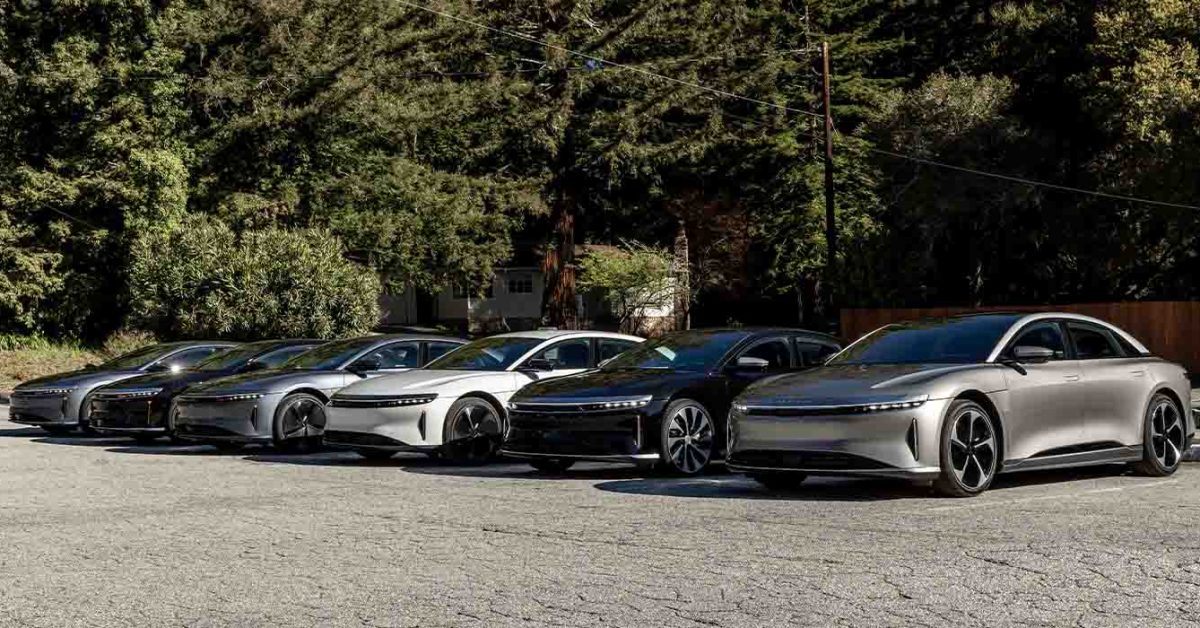We have a Tesla Model S Plaid and a Lucid Air Dream Performance sitting next to each other in our garage, and I've spent a lot of time mulling over the differences in the two cars. At the end of the day, even more than Lucid's better powertrain technology and suspension, the thing that most stands out is what Lucid has done with interior space. I've never seen the like of it in any other vehicle I've owned over the years. When I use the term "space-engineering elixir", I mean it almost literally. There is something of a "miracle cure" tenor about what Lucid does in this arena.
Many people talk about the compact drive units of the Air and what they do to create the vastly greater legroom of the Air -- both front and rear -- compared to the Model S. That jumps out at you the instant you open the doors of the two cars. But there's far more going on than just that, and it takes some time in both cars to absorb it fully. Rawlinson is known for his "every millimeter counts" mantra. He means it, and it really shows up in so many aspects of the Air.
The cars are almost identical in exterior width. Yet the Air cabin is noticeably wider, a little so in hard metrics but considerably more so in feel. There is something about the way the doors scoop away from you that creates elbow room front and rear that you just don't find in other cars of that size. As the feeling defies the metrics a bit, I can only conclude that some of the feel is visually induced by the descending lines of the dashboard sweeping into the door panels. It's a tour-de-force of interior design.
Both cars have a full glass roof. But in the Tesla, the cross-header at the top of the windshield means you have to crane your head back to know that the glass roof is there. In the Air, even though the ungainly sun visors interfere, you are still aware that you are sitting under a glass canopy. You somehow register it subliminally in a way you don't in the Tesla, and it imparts an airiness to the cabin that the Tesla does not. I have never had a passenger climb into the backseat of the Tesla and comment on its glass roof. Many passengers who get in the back of the Air comment on the expansive view of the sky, even though the Lucid has a substantial bar across the B-pillars that the Tesla does not. There is just something about the cabin that draws the view upward and outward in a way the Tesla does not. I have come to think that it derives from the visual interest created by the light bar centerline that sweeps back from the rearview mirror to the crossbar. Even though the Lucid canopy is more interrupted by structures than the Tesla glass roof, it is the Lucid that draws you outside the car visually. It's a piece of design genius in my book.
If Lucid can maintain this level of brilliant interior design with its smaller products at more mainstream price points, the future looks bright, indeed.

 electrek.co
electrek.co

 electrek.co
electrek.co
